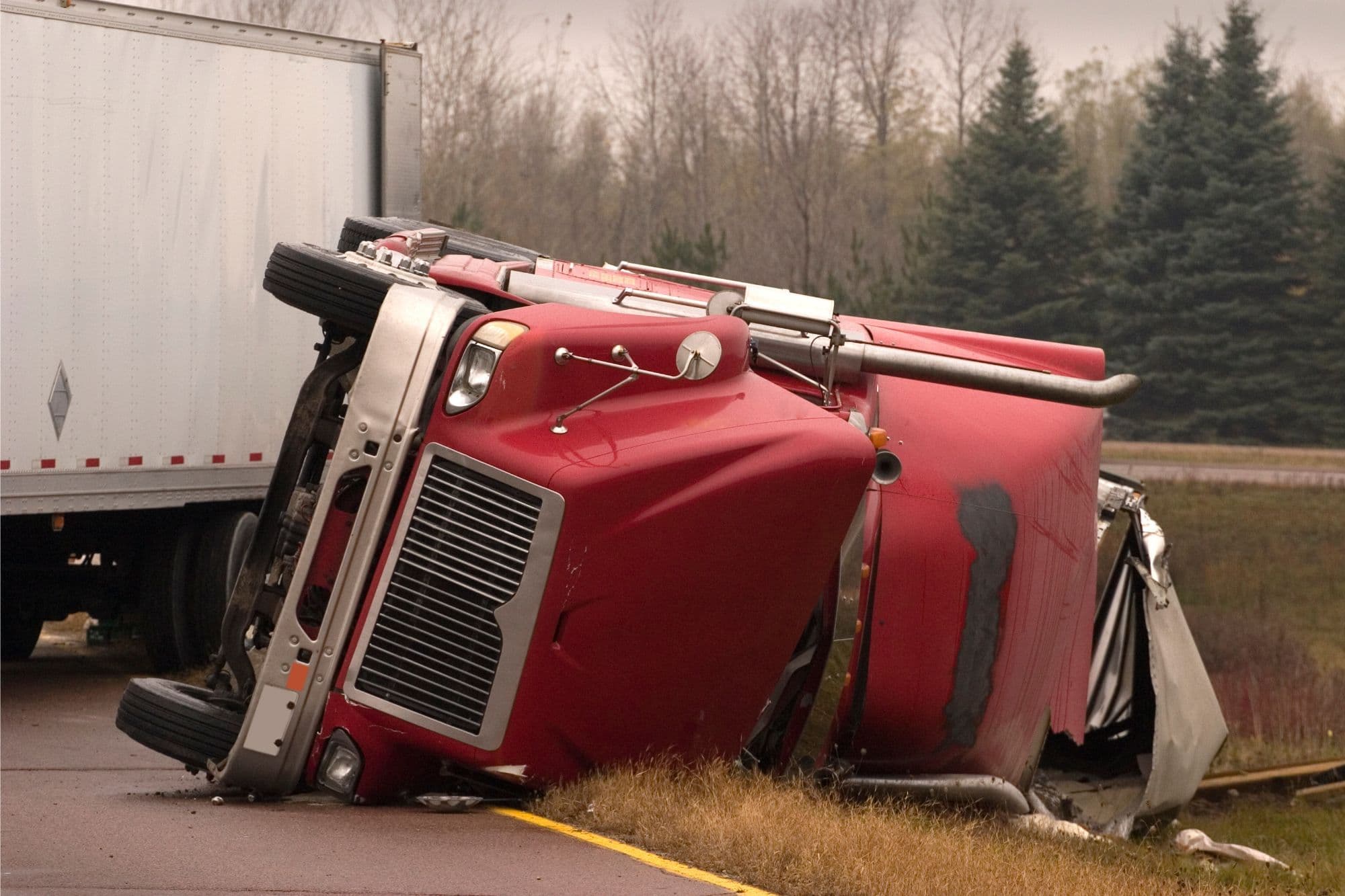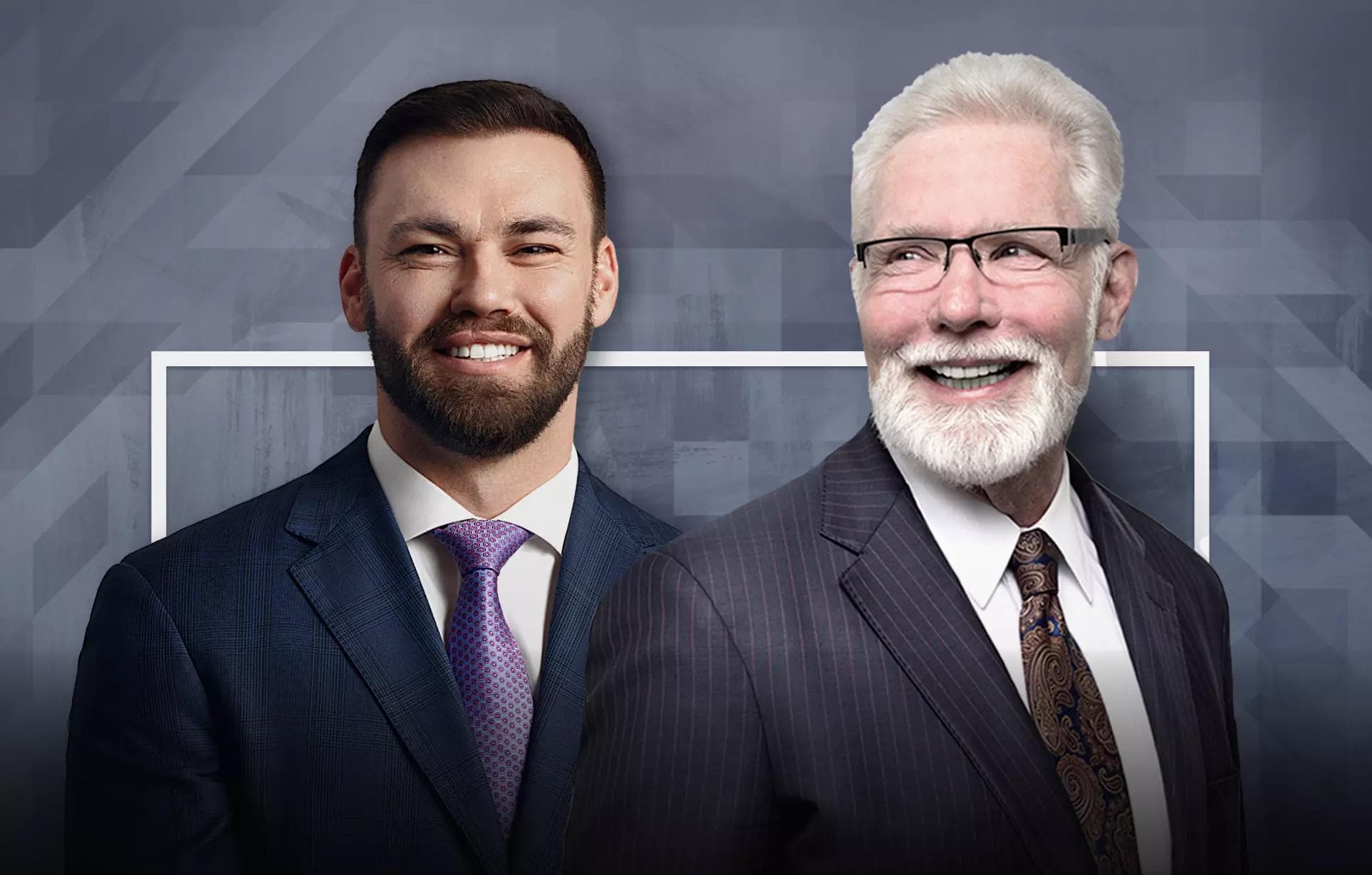
How Much Is the Average Truck Accident Settlement and What Determines It?
Free ConsultationQuick Answer
There’s no “average” truck accident settlement. The amount depends on provable losses, the strength of fault evidence, the number of at-fault companies and insurance layers, and whether a trial-ready legal team preserves trucking data before it disappears. Better proof and complete damages modeling typically lead to higher outcomes, while weak documentation and missed deadlines push numbers down.
Why isn’t there a reliable “average” truck accident settlement?
Truck cases aren’t one-size-fits-all. A collision involving a fully loaded tractor-trailer can cause orthopedic injuries, traumatic brain injuries, or complex chronic pain that unfold over months. Damages evolve with treatment and recovery. Liability also isn’t limited to a single driver. In fact, carriers, brokers, shippers, maintenance contractors, and manufacturers can share responsibility.
Each added party brings separate evidence and insurance layers, which makes any cross-case “average” meaningless. What matters is the evidence in your file and how completely your losses are proven.
What damages are considered and how are they calculated?
Think of damages in three sections. Economic losses are the items you can tally, including emergency care, hospitalization, surgery, rehabilitation, medication, medical equipment, home or vehicle modifications, transportation to appointments, and wages you couldn’t earn. If injuries limit future work or require ongoing care, the law recognizes diminished earning capacity and future medical costs. Those are proven with life-care planning, vocational analysis, and economic projections.
Non-economic losses capture the human impact, including pain, emotional distress, and the loss of activities and relationships that make up everyday life.
Punitive damages are rare and reserved for egregious conduct, such as knowingly unsafe equipment or falsified hours-of-service. They aren’t guaranteed, but the possibility changes how insurers evaluate risk.
Which factors most often move a truck accident settlement higher?
These factors can increase the amount of a truck accident settlement:
- Data-backed liability: ECM/EDR readings, ELD timelines, synced camera footage, and reconstruction leave little room for dispute.
- Multiple accountable entities: When liability reaches the motor carrier, a broker, a shipper, a maintenance contractor, or a manufacturer, additional policy limits may be available.
- Permanent or life-altering injury: Documented surgeries, residual deficits, and future care needs increase exposure.
- Credible medical records: Early evaluations, objective testing, and steady follow-up strengthen causation and value.
- Trial pressure: Insurers treat files differently when a firm has the resources and verdict history to pick a jury if necessary.
What tends to reduce value and can it be prevented?
Gaps in treatment allow insurers to argue that symptoms improved or were unrelated. Accepting a recorded statement too early can lock in off-hand comments that are later used against you. Letting key data expire hands the defense avoidable uncertainty. Comparative fault can also trim the final number if it isn’t challenged with reconstruction and human-factors analysis. Most of these problems are preventable with fast evidence preservation, careful medical documentation, and measured communications.
What evidence matters most in a strong trucking claim?
A serious trucking file is built on transportation-specific proof. Engine control modules and event-data recorders show speed, braking, and throttle in the seconds before impact. Electronic logging devices record hours, rest, and movement. Road- and cab-facing video refines timing and driver behavior. Driver qualification files reveal hiring, training, and supervision. Maintenance and brake records expose failures or skipped service. Bills of lading, weight tickets, and load/securement documents explain jackknifes, rollovers, and cargo intrusions. Dispatch messages and route telemetry show scheduling pressure and unrealistic run times. Post-crash testing and incident reports fill in the rest. Preserving this material early turns contested narratives into provable facts.
How do multiple defendants and insurance layers change the outcome?
Commercial hauling typically involves contracts between carriers, brokers, and shippers. If a broker negligently selected an unsafe carrier or a shipper loaded cargo improperly, liability can expand beyond the driver. Each corporate actor may carry separate auto, umbrella, and excess policies. Mapping those relationships early is strategic: more responsible parties can mean more available coverage and a greater chance of a full recovery.
How are driver fatigue and hours-of-service violations actually proven?
Logs are only the start. A proper analysis cross-checks ELD entries against fuel receipts, weigh-station scans, cell-site and GPS pings, toll data, and delivery timestamps. When the timeline doesn’t match the paperwork, you’re proving violations. That, in turn, reframes the case from “momentary lapse” to “system failure,” which usually raises the settlement conversation.
How does comparative fault affect the final number?
Most states reduce compensation by your percentage of fault. Insurers sometimes try to inflate that percentage by suggesting sudden stops, “no-zone” blind spots, or weather excuses. Data can counter those arguments. Camera angles and ECM speeds show whether the truck had time and distance to respond. Mirror settings and scanning protocols address blind-spot claims. Maintenance records expose whether braking capacity was compromised. The stronger the objective proof, the less room there is to shift blame.
How do medical documentation and life-care planning shape damages?
Medical records should tell a consistent story. Objective testing corroborates reported symptoms. When long-term care is likely, a life-care planner projects future needs. Vocational and economic experts translate functional limits into earning-capacity loss. When these components are present, insurers can’t dismiss future damages as speculation.

What timeline should you expect in a truck accident case?
The early phase centers on preserving evidence and stabilizing medical care. Once the facts are locked and treatment reaches a predictable path, lawyers present a complete picture of liability and damages. If the defense cooperates, a settlement can follow. When documents and testimony are withheld, filing suit compels production through discovery. Cases that require multiple depositions, expert workups, and motion practice take longer, but a thoroughly prepared file often prompts meaningful offers well before a jury verdict.
What is insurance bad faith in a trucking claim and why does it matter?
Insurers owe duties to investigate fairly, communicate honestly, and evaluate claims in good faith. Bad faith looks like low offers without a basis, unjustified delays, cherry-picking evidence, or misrepresenting policy terms. When adjusters cross that line, the law may allow additional remedies beyond policy limits. Even the credible risk of a bad-faith claim can change how negotiations unfold, which is why documentation and timeline tracking are so important.
What should you do right now to protect the value of your claim?
Get evaluated and follow treatment plans. That’s because consistent medical documentation is the spine of your case. Keep a simple journal of symptoms, appointments, limitations, and missed work. Save correspondence, estimates, prescriptions, and receipts. Do not post about the crash or your injuries on social media because photos and comments are routinely taken out of context. Before any recorded statement or broad medical authorization, speak with counsel so early missteps don’t undercut the file you’ll rely on later.
How do you choose the right truck accident lawyer?
Here are the steps to choosing a proven truck accident lawyer:
- Proven trucking results: Look for real outcomes in commercial cases, not just passenger-car collisions.
- Immediate preservation protocols: The firm should send spoliation notices and schedule inspections without delay.
- Resources for experts and trial: Reconstruction, human factors, life-care planning, and economics require investment that not every firm can make.
Will your case settle or go to trial?
Most truck cases settle, but the quality of a settlement correlates with trial credibility. Insurers pay closer attention when they know the other side can put experts on the stand, explain the data clearly, and try the case if that’s what justice requires. Preparing from day one as if a jury will hear the story is often the fastest path to a fair resolution without a verdict.
Why work with a trial-tested team on a complex trucking claim?
Commercial cases are won with speed, depth, and courtroom power. That means preserving evidence before it’s erased, translating day-to-day disruptions into fully modeled damages, and presenting the case in a way decision-makers can’t ignore. It also means having the financial and human resources to keep pressure on carriers that would rather delay than pay. PARRIS Law Firm has recovered billions for clients since 1985, and in 2021 our trial team secured a $120 million personal-injury verdict. Our Intake Department is available 24/7, we advance every case cost, and you pay nothing unless we win.
If you want to know what your truck accident claim is truly worth, contact PARRIS Law Firm today. Call or chat for a free consultation, and let our team preserve critical evidence, build your case the right way, and fight for the full compensation you deserve.







